Space
You are here: Hive of Activity » Science & Technology » Space
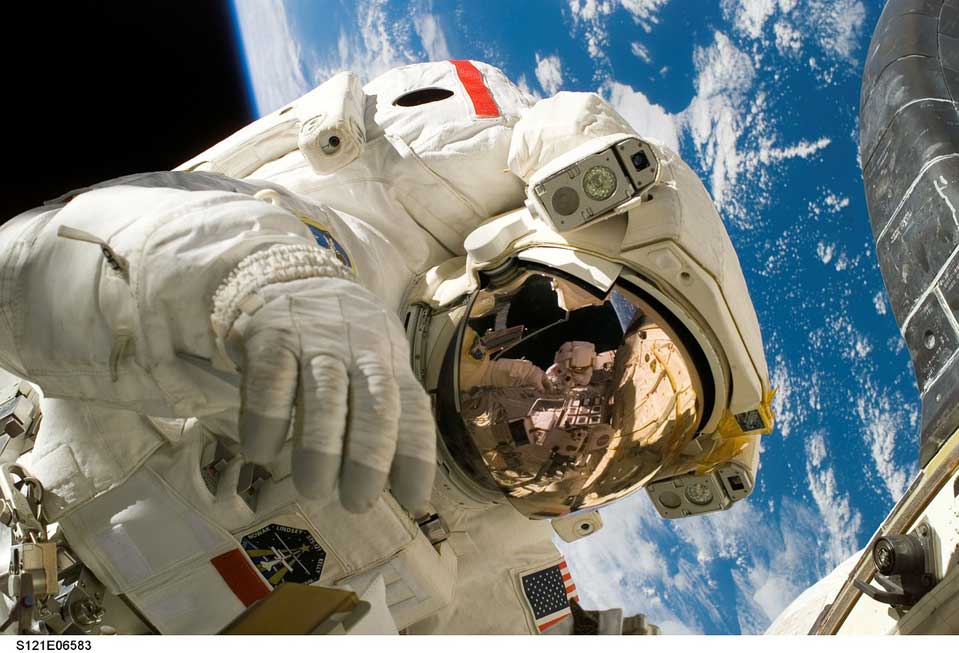
1. The Honeysuckle Creek Story
Coming soon, a brief version of Australia’s role in bringing the Apollo 11 images to the world. A fascinating, more detailed version has been written by Bryan Sullivan with Jackie French. See below for publication details.
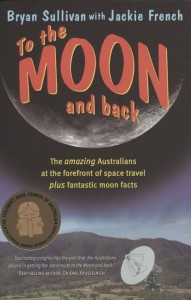
Perhaps you have seen the popular movie “The Dish”, released in 2000? It portrayed the role Australia played in the Apollo 11 moon landing. It’s a great story with some basis in truth, but a more accurate version of events can be found in the book “To the Moon and Back”, by Bryan Sullivan and Jackie French.1 Bryan was a technician at Honeysuckle Creek Tracking Station in 1969. Bryan was there!
1 To the Moon and Back, by Bryan Sullivan with Jackie French. HarperCollins 2004 ISBN: 9780207200090 ISBN 10: 0207200092 BISAC1: Children’s, Teenage & educational / Reference works (Children’s – Teenage)
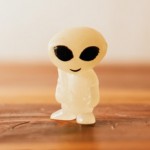
“Learn more about space – explore our notes, videos, and printable activities below.”
1. To Bennu and Back
An excellent video published on the NASA site.
2. The Magic School Bus Gets Lost in Space
3. Lift off TESS
A Falcon 9 rocket lifts off at at Cape Canaveral Air carrying NASA’s Transiting Exoplanet Survey Satellite, or TESS. It is the next step in the search for planets outside of the solar system and orbiting other nearby, bright stars.
4. Rocket Launch by Things that Go TV
Spaceship Launch, suitable for younger children
5. Explore the Solar System – 360 ° Interactive Tour
6. Seeking Pluto’s Frigid Heart 360 ° VR Video NYT
 Useful Links
Useful Links
1. NASA Website
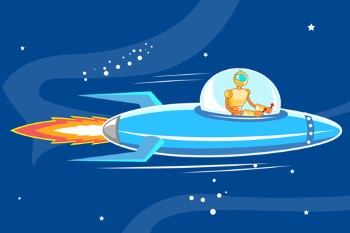 Launch yourself into NASA’s space pages and we guarantee you will become “Lost in Space” for hours, perhaps even light years. The NASA website contains a wealth of information, videos, awe-inspiring image galleries, and activities for all ages and abilities.
Launch yourself into NASA’s space pages and we guarantee you will become “Lost in Space” for hours, perhaps even light years. The NASA website contains a wealth of information, videos, awe-inspiring image galleries, and activities for all ages and abilities.
NASA online, Index to Educational Content:
https://www.nasa.gov/offices/education/about/index.html
2. Curious Kids – Ask an expert a question
The question and answer was originally published in Curious Kids, a series for children appearing in The Conversation.
Without satellites, modern technologies such mobiles phones and GPS would not exist.
Question 1 – How do satellites get back to Earth? by Charlie Crittenden, age 7, Coledale.
Question 1 is answered by Alice Gorman, Senior Lecturer in archaeology and space studies, Flinders University
The short answer is that most satellites don’t come back to Earth at all. Most of them burn to a crisp before they get anywhere near the ground.
Every day, bits of space junk get burnt up in the sky above our heads. Most of the time we don’t even notice.
Satellites are always falling towards the Earth, but never reaching it – that’s how they stay in orbit. They are meant to stay there, and usually there is no plan to bring them back to Earth. From orbit, they send us pictures of the Earth and signals to help us find our way about.
Those closest to the Earth will eventually fall into the atmosphere and burn up (atmosphere means the breathable air that surrounds our planet). This is a good thing, because we don’t want old satellites staying up there as junk. Some fall back within weeks of being launched. Others are up there for hundreds of years.
Mostly, their orbits are above the thickest parts of the atmosphere. But eventually, the heat of the Sun makes them fall into Earth’s atmosphere. I’ll explain how.
Roaring into the atmosphere
Satellites don’t move in circles. Their orbits are oval-shaped, which means that sometimes a satellite will be closer to the Earth than other times.
The Sun heats the atmosphere during the day and when it’s more active. When the gases in the atmosphere are heated, they grow outwards and surround the satellites when they are nearest to the Earth. The particles rub against the satellite (scientists call this friction) and slow it down, dragging it a little lower. Over time, the satellite reaches the upper layers of atmosphere.
But when I say “reaches”, it’s actually very quick. The satellite roars into the atmosphere at high speed – as much as 28,000km per hour. That’s about 35 times faster than a plane!
And because the friction is even higher than before, it heats up. This is like rubbing sticks together to make fire. The heat makes the satellite break into pieces.
A European Space Agency freighter breaking apart and burning up.
Only some pieces survive to fall onto the surface of the Earth, or into the sea. These are often steel fuel tanks or titanium spheres – also called space balls. Sometimes, people find them on the ground many years later.
A few satellites, like China’s Shijian-10, are designed to return to Earth, because they have collected samples that scientists want to study. These satellites have heat shields to keep them cool and parachutes to slow them down so that they land softly, still in one piece.
![]()
This article above is republished from The Conversation under a Creative Commons license. Read the original article.
 Space Notes and Printable Activities
Space Notes and Printable Activities
The files below are .pdf files less than 4Mb.
Hint: Solar System Facts, Voyager Facts and Apollo Facts will be very useful for the Space Activities.
Activities include maths, weight, mass activities, a space game activity, crosswords and puzzles, a message from outer space.
* Junior space activities coming soon.
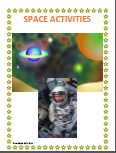
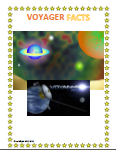
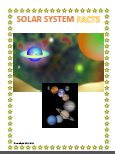
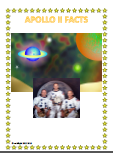
The Space page is still evolving – just like space itself! We are as busy as bees in the hive trying to keep up! Please check back now and then to see what is new.
